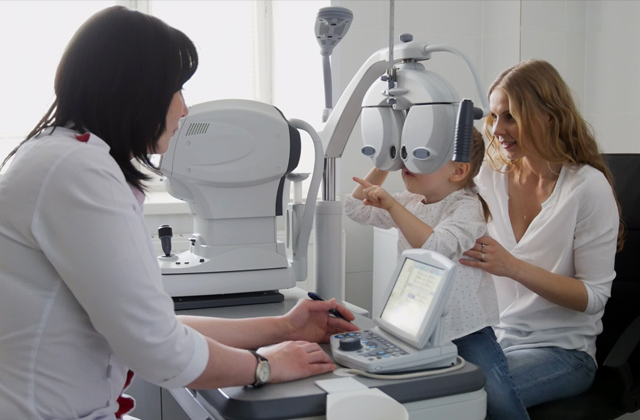.png) |
|
The Customer and the Application: Ultrasound Machine
With the rapid development of 5G high-speed transmission and AI image recognition technology, the efficiency of medical image recognition is expected to continue to improve. Going beyond the limitations of a single clinic, applications such as cloud medical imaging platforms and telemedicine will become future auxiliary diagnostic tools. Yet high-quality, high-resolution image storage data must be the foundation for realizing this vision of smart medical care.
A world-renowned medical equipment manufacturer approached Apacer with a goal in mind. Aiming for the finest image quality and enhanced image sharpness, it developed MRI instruments, X-ray computed tomography scanners and ultrasound imaging diagnostic equipment. They asked Apacer for assistance with image quality issues related to incomplete or broken images captured by medical imaging equipment. Their aim was to speed up the time for data interpretation and inspection by end-users such as medical institutions, and to improve diagnostic confidence.
Challenges
Compared with other non-invasive imaging systems, ultrasonic scanners can provide real-time images in a cost-effective, fast and safe manner, which can be used as a reference for diagnosis in clinical applications. The customer's latest medical ultrasonic scanning detector, despite superior 4K UHD imaging technology, suffered from poor image quality and sharply reduced resolution when reading data. This increased medical staff image interpretation time and their subsequent workload. In addition, poor-resolution imaging results are more likely to cause discrepancies or errors in interpretation, affecting the reliability of subsequent inspection reports and even diagnostic recommendations.
In addition to image resolution issues, prototypes of the ultrasonic scanner also often suffered from image errors, such as incomplete readings or broken images. The root cause wasn’t easy to determine. Considering that medical image recognition is one of the important areas of future AI-assisted diagnostic systems, and the fact that requirements for high-quality images cannot be compromised, this customer decided to take advantage of Apacer's rich experience in the vertical market of healthcare and asked our team of engineers to help investigate.
Solutions and Technologies
Apacer's technical team first checked the prototype’s SD memory card and found that a commercial-grade device was in place, which only supported a maximum resolution of 480 x 640. 4K UHD recording was too much for this older memory card to handle. The technical team recommended that the customer use SD H1-M Class 10 industrial-grade memory cards. Supporting resolutions up to 4096 x 2160 (4K UHD), it also provides 3,000 P/E cycles and a fixed component guarantee.
Next, Apacer's engineers analyzed the data access and usage behavior and determined that the ultrasonic scanning system was a read-intensive application. The Read Disturb errors previously identified were connected to this. With that in mind, the engineers recommended that the client adopt Apacer’s Smart Read Refresh™ technology. When there’s too much erroneous data in a block, or the number of block reads reaches a critical threshold, the data will be re-organized through Smart Read Refresh™. Writing to different blocks to complete the refreshing process, thereby avoiding read disturbances and ensuring the health of all blocks in the NAND flash, effectively solves the problem of incomplete image reading.
Results and Benefits
After a redesign of the prototype based around Apacer’s SD H1-M Class 10 industrial-grade memory card, the customer discovered that the images captured by their ultrasound device were far clearer and no longer had read disturb errors. The final result was a more competitive product, which helped lay a good foundation for future AI image identification and auxiliary diagnostic trends.



